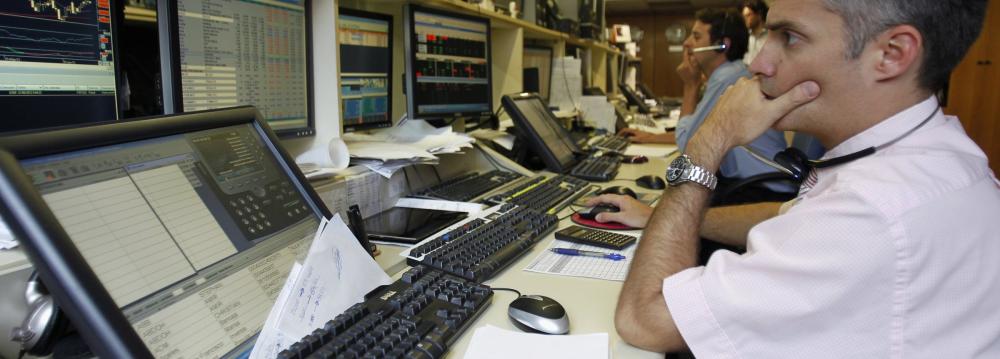The US bond bull market is staging its biggest leap forward this year, much to the chagrin of Wall Street prognosticators.
Even after a late-July Federal Reserve meeting made it clear that policy makers would begin reducing the bank’s $4.5 trillion balance sheet in short order, 10-year treasury yields have dropped 16 basis points in August, the steepest monthly decline since June 2016. At 2.13%, the yield is within spitting distance of this year’s low, set this week. At the start of 2017, most strategists expected it to be almost 50 basis points higher by now, Bloomberg reported.
Simply put, this wasn’t supposed to happen. Not after three Fed rate hikes in the past nine months. Not with 3% economic growth.
“To try to explain why bond yields continue to fall in this type of environment is very difficult,” said Charles Comiskey, head of treasuries trading in New York at Bank of Nova Scotia. “This is uneconomic, this doesn’t make any sense at all.”
Of course, there are plausible explanations. Inflation has cooled: the Fed’s preferred gauge came in at 1.4% Thursday, the fifth straight month below officials’ 2% target. The Trump administration’s fiscal agenda has stalled, with the president still offering few details on a tax overhaul this week. And escalating tensions with North Korea are boosting haven assets.
Yet with the Fed potentially weeks away from taking the first step to pare its balance sheet, there’s a growing sense that yield levels in the $14.1 trillion treasuries market aren’t long for this world.
The Bloomberg Barclays US Treasury index earned 0.95% this month through Wednesday. That’s better than the S&P 500 index, which is up barely 0.2% when including dividends. Since the start of the year, both have posted gains.
As Comiskey sees it, central banks’ asset purchases in the wake of the financial crisis drove investors into both stocks and bonds. And with the Bank of Japan and European Central Bank maintaining accommodative policies for now, demand for treasuries is robust.
This week, an auction of five-year notes drew a record buy-side bid. Then again, Japanese investors were big buyers of foreign debt—and treasuries specifically—in July 2016, when US 10-year yields set an all-time low of 1.32%. That didn’t end well.
While a pullback of the same magnitude is unlikely, Fed tapering—potentially even starting in October 1, according to some analysts—may be the catalyst to spoil the bond rally, Comiskey said.


